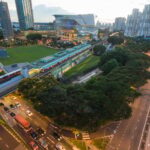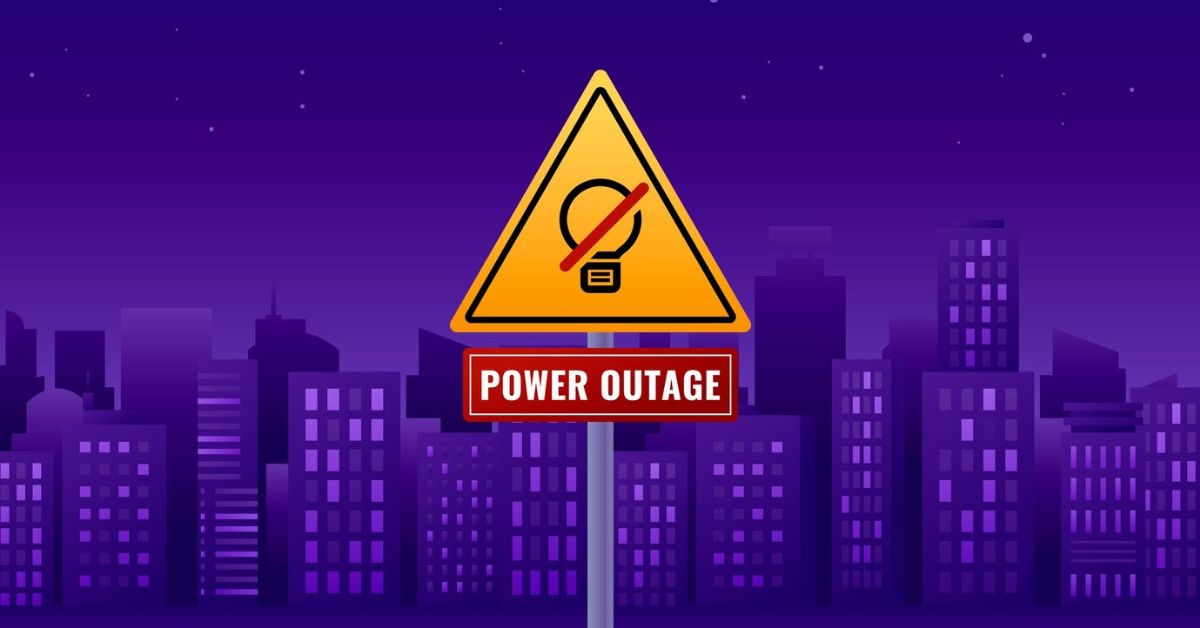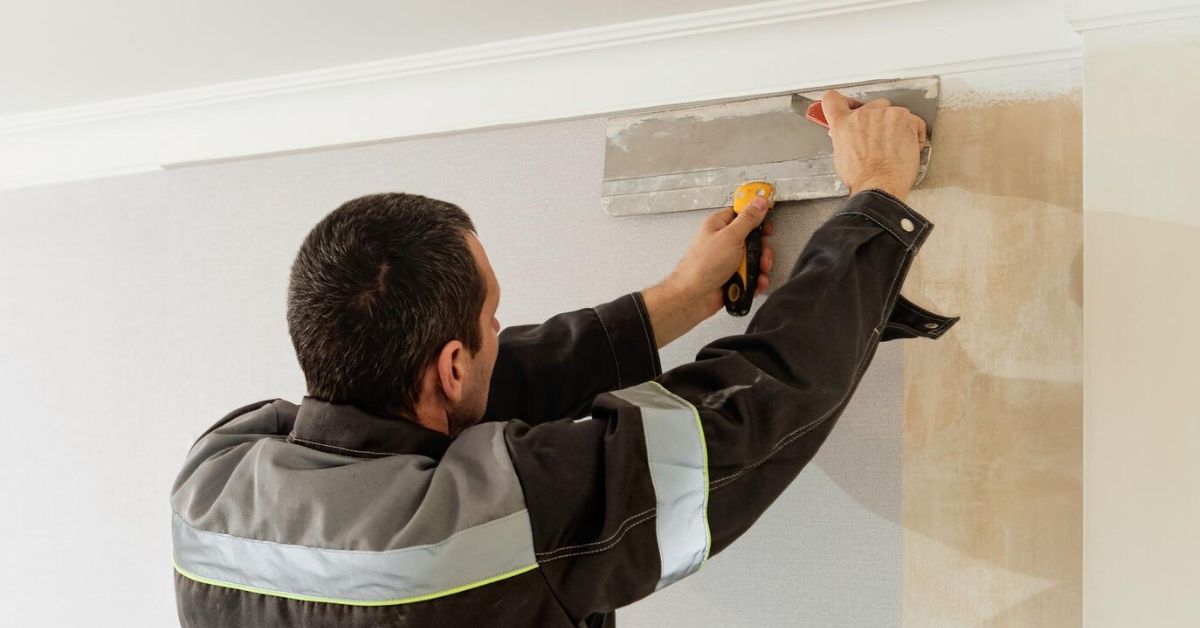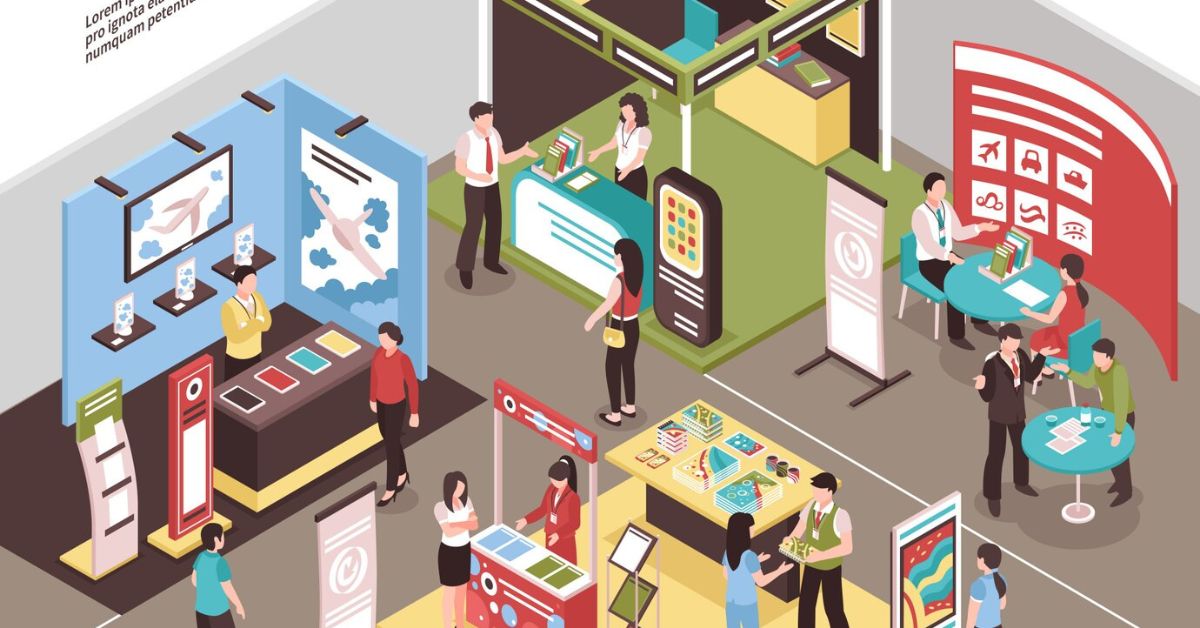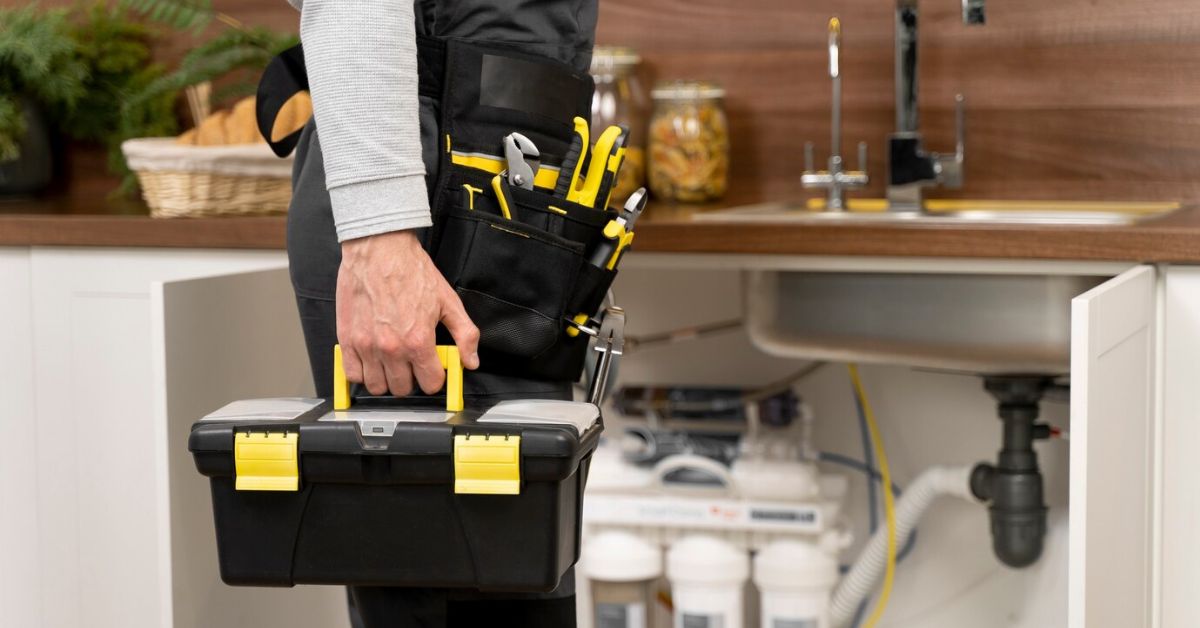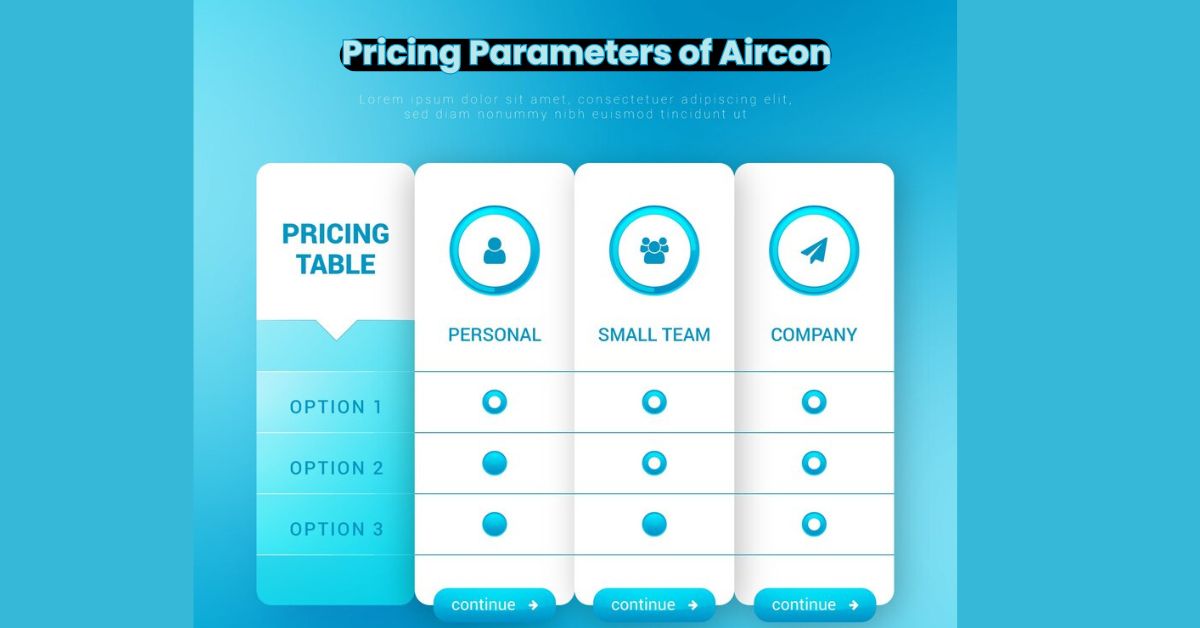The really bugging situations are when outages or power tripping in the house, and it happens out of the blue, probably disturbing the daily activities or even business. Be it just a flicker or a blackout, knowing what causes these incidents may not help you a lot, but it can aid a person or organization in doing preventive measures himself and responding better when the blackout occurs. You can hire trained professionals for electrician services when a blackout or short circuit takes place.
Weather Events
By far, the most frequent occurrence that causes power outages is weather events. The power lines are greatly disturbed by storms, heavy rain, lightning, strong winds and floods. This results in damage to the electrical infrastructure. For example, lightning can cause sudden voltage surges. It can damage transformers or short-circuit entire systems. Strong winds break power lines by causing trees or branches to fall onto them. This can also cause extremely hazardous closed circuits. Flooding would cause damage to underground cables or substations, usually those that aren’t very well protected. Storms or terrible weather are probably the most common and cannot be avoided at all in places that tend to attract extreme conditions. Visit https://www.pshomemaintenance.com/ to learn about remedies in such situations.
Equipment Failure
The other major cause of power outages is equipment failure. Just like any other mechanical system, electrical systems are prone to wear over time. Old, overloaded, and poorly maintained transformers, switches, circuit breakers, and sundry other parts fail. When such an important component fails, a critical area suffers a partial or complete outage. Regular inspection and timely maintenance are needed to reduce the possibility of such outages.
Human Error
Human errors are most accountable for power tripping and outages. Mistakes carried out while constructing a road, for example, maintenance works or even construction activities, may unknowingly cause damage to underground cables or overhead lines. Sometimes, workers tend to ignore or misjudge the location of critical power infrastructure as they carry out their tasks. Likewise, improper electrical installations in residences and commercial buildings, such as overloaded circuits, improper wiring, or pot plants can bring frequent tripping and even present fire hazards.
Overloaded Circuits
They all mostly contributed to overloading the electrical systems as an additional major cause of power tripping, especially in homes. This is always caused by using numerous high appliances at the same time on the same circuit, therefore exceeding load capacity. Navigation of overload wiring so tripping of circuit breakers is done automatically to avoid.
Short Circuits and Grounding Faults
There are technical reasons for power tripping short circuits and grounding faults. These occur when an electrical current flows along an unintended path with little resistance other than that causing insulation damage or incorrect wiring. An immediate current surge breaks the circuit to prevent further damage or fire. Similarly, a ground fault occurs when current flows directly to earth through an unintended route. The condition of either is very unsafe. Ground fault circuit interrupters (GFCIs) are fitted in several homes and buildings to detect and trip the circuit in such faults.
Scheduled Outages
There are some planned outages carried out by utility service providers for maintenance, upgrading, or expanding their infrastructure. These can be inconvenient but necessary for the grid’s reliability and safety. Notification is usually given in advance so that the consumers can prepare themselves for it.
Final Thoughts
Power outages and tripping happen due to natural calamitous processes, technical faults, and human errors. Some causes would include severe weather, which is out of control. Many concerns can be avoided by proper maintenance in time, correct use of the electric systems, and better planning on infrastructures. In that knowledge, one can try as much as the individual and the service provider to minimize the number of times that disruption comes.
READ MORE: TRUST WIKI




